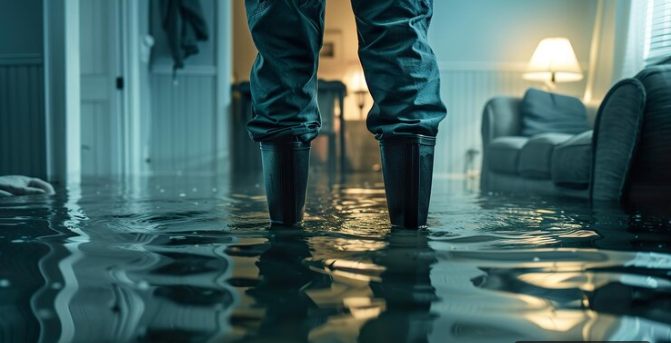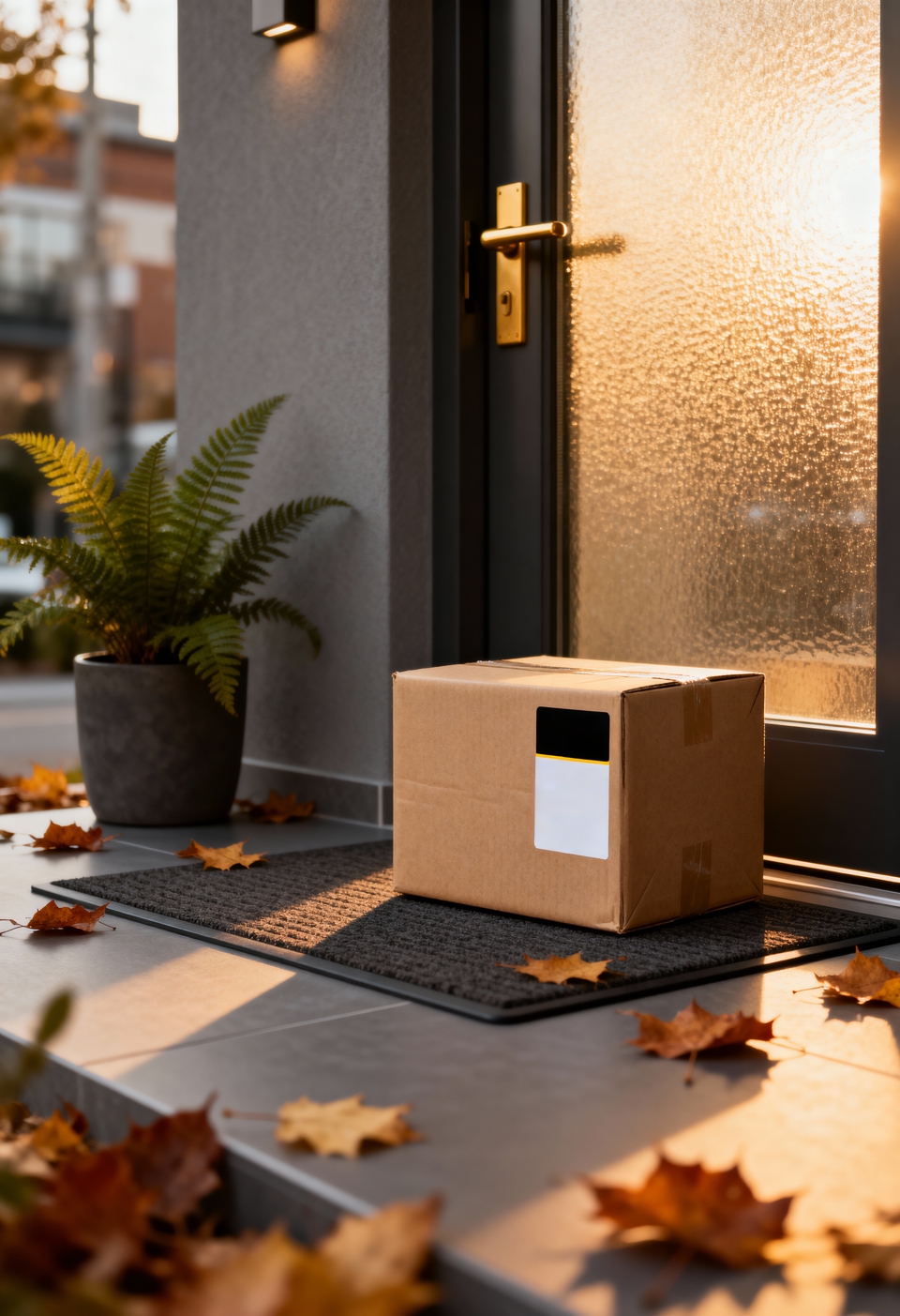Homeowners Insurance and Basement Flooding
Basement flooding can lead to costly repairs and serious property damage, but whether homeowners insurance will cover it depends entirely on the source of the water. In most cases, standard homeowners insurance does not cover basement flooding caused by natural events like heavy rain or rising groundwater. Instead, coverage is limited to specific types of accidental water damage.
When Homeowners Insurance Covers Basement Flooding
Most homeowners insurance policies, such as HO-3 plans, will pay for water damage when it results from sudden and accidental events that originate inside the home. For example, if a water heater bursts or a pipe freezes and ruptures, and the resulting water floods your basement, the damage is typically covered. In such cases, the policy may help pay for repairs to your basement walls, flooring, and damaged personal property.
What’s Not Covered: Flooding from Outside Sources
However, standard insurance does not cover external sources of water. If your basement floods due to excessive rainfall, a river overflowing, or groundwater seeping in through the foundation, your homeowners policy will not pay for the damage. These types of incidents are considered “flooding” and require a separate flood insurance policy, either through the National Flood Insurance Program (NFIP) or a private provider.
Sewer Backup Requires Extra Coverage
Sewer or drain blockages are another prevalent cause of basement flooding. Regrettably, sewer overflow endorsements are not included in a standard homeowners policy. This is an optional supplementary coverage that is designed to address the damage that results from water backing up through sewers, drainage, or sump pumps. It is a valuable addition for residences in older neighborhoods or areas with overburdened drainage systems.
What Flood Insurance Covers in the Basement
Flood insurance provides the most dependable safeguard against basement flooding that is the result of external occurrences. The foundation, walls, electrical and HVAC systems, and main appliances in the basement are typically covered by NFIP flood policies. Nevertheless, the extent of coverage for stored possessions, carpeting, and finished flooring is typically restricted. Washers, dryers, and refrigerators may be eligible for reimbursement; however, reimbursement may not be complete for items that exceed essential structural and utility components.
Preventive Steps to Reduce Flood Risk
To better protect your basement from flooding, it’s important to take preventive steps. Installing a sump pump with a battery backup, raising appliances off the floor, sealing foundation cracks, and maintaining good drainage around your home can reduce the risk of flood damage. Adding sewer backup or flood insurance coverage gives you peace of mind and financial protection, especially in Texas, where heavy storms and flash floods are common.
Conclusion: Limited Coverage Without Flood Insurance
In summary, standard homeowners insurance covers basement flooding only under specific conditions. To ensure full coverage, especially if you live in a high-risk flood area, supplemental flood insurance and optional endorsements are essential.






